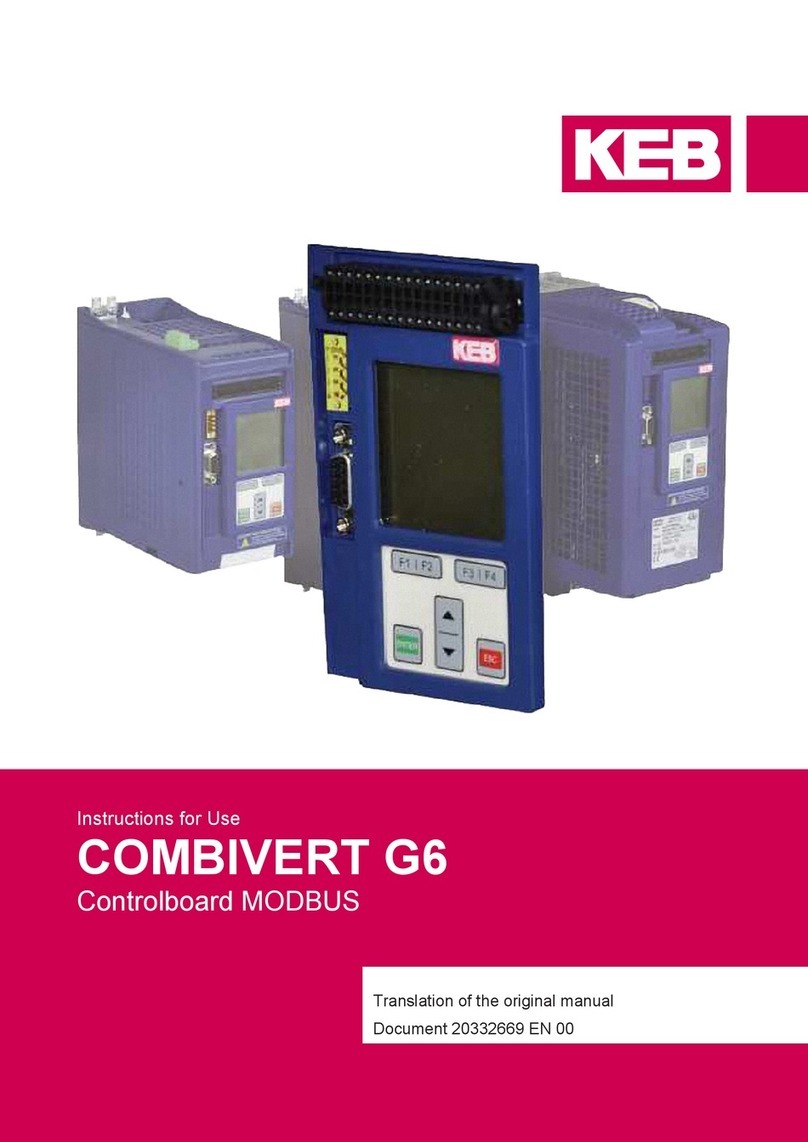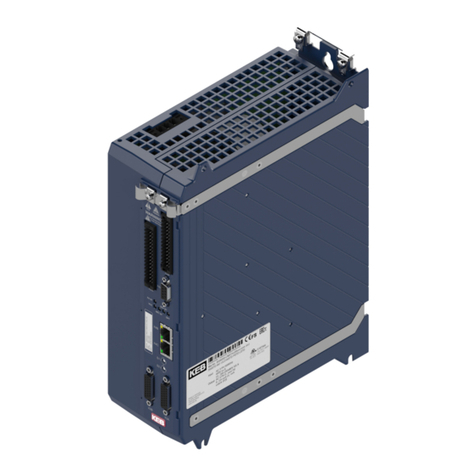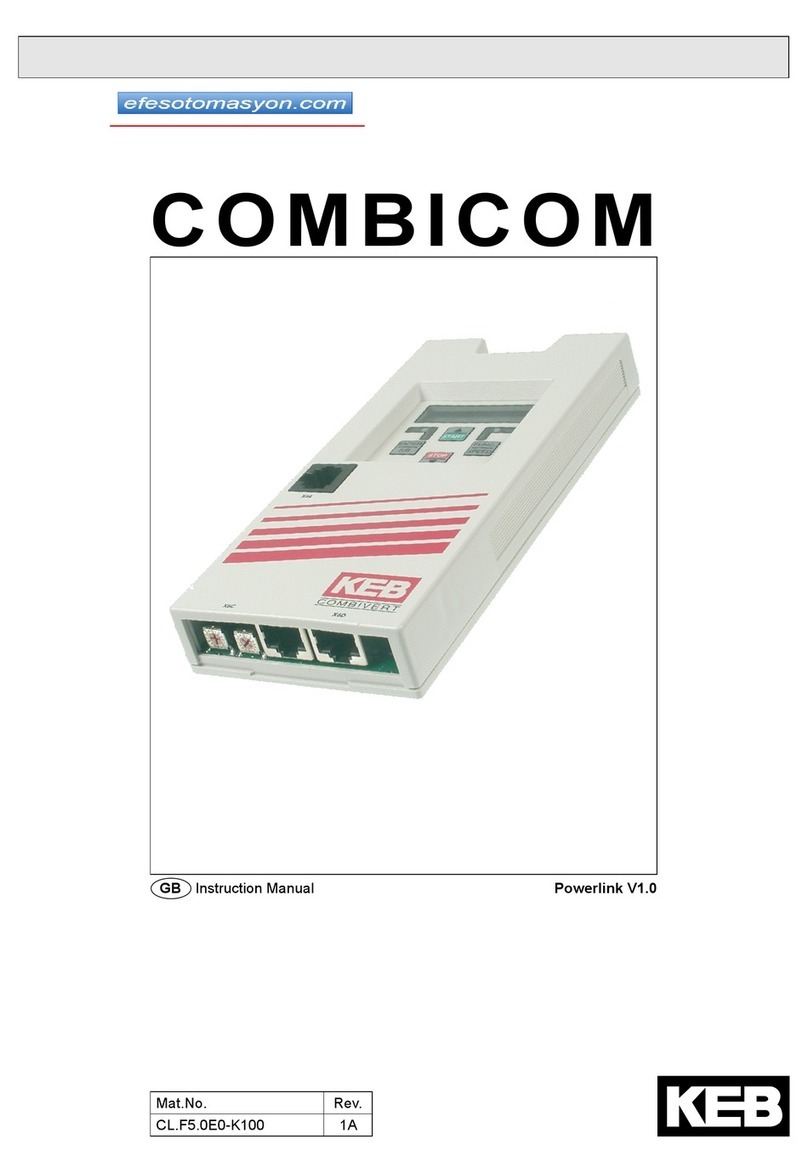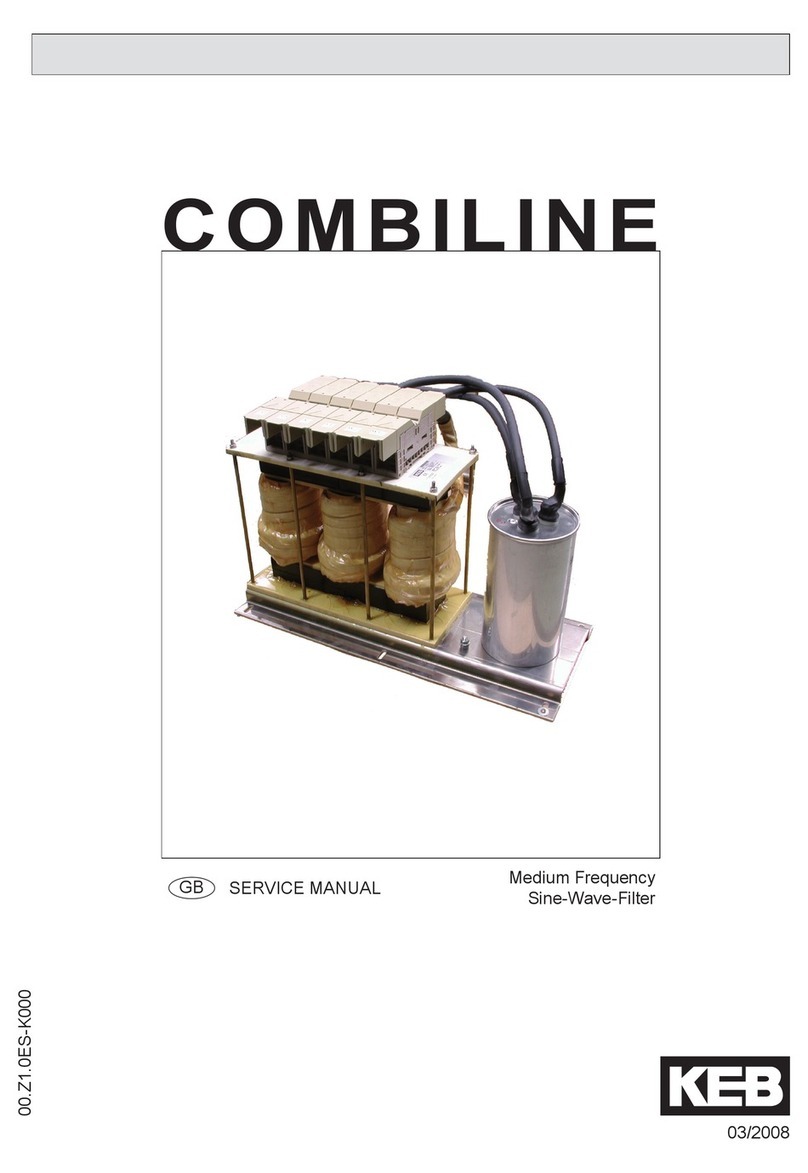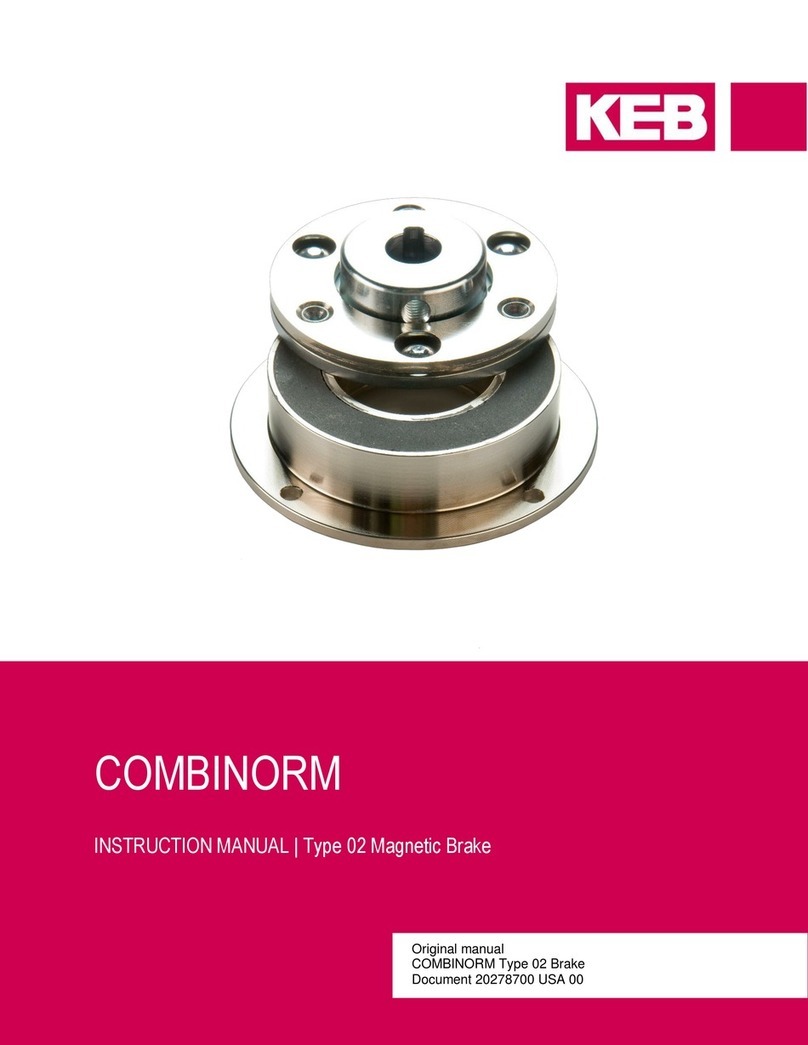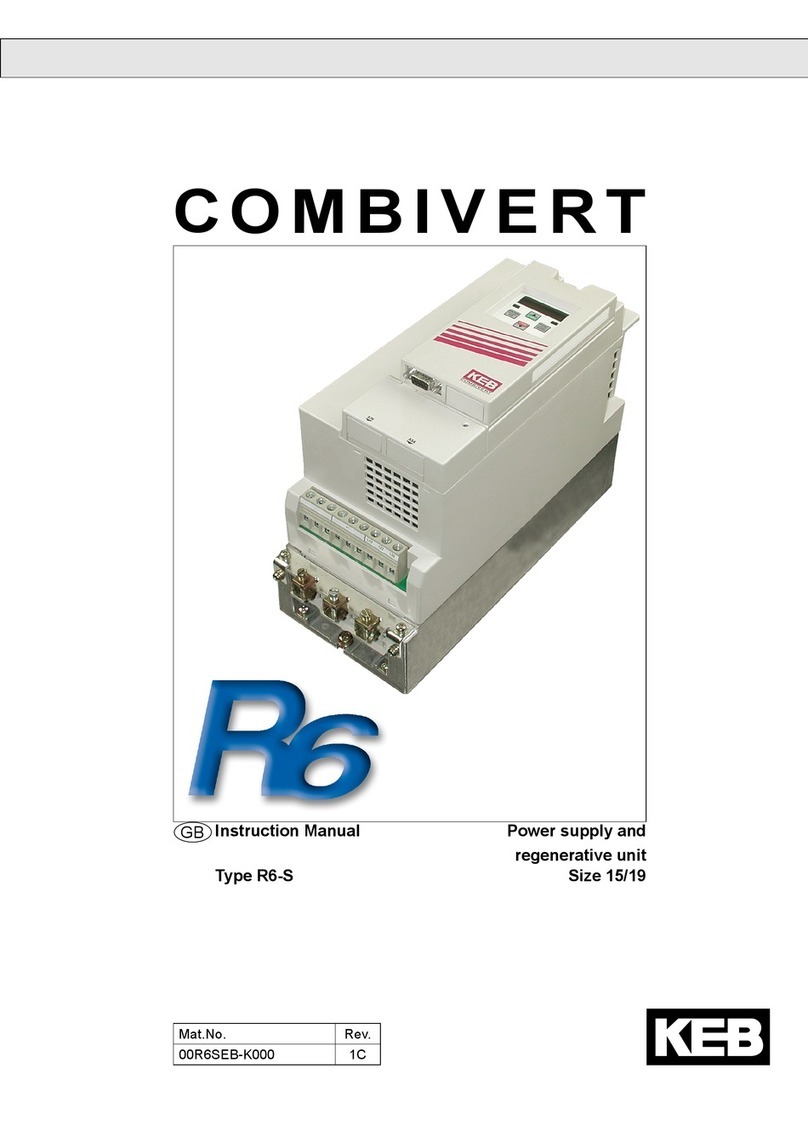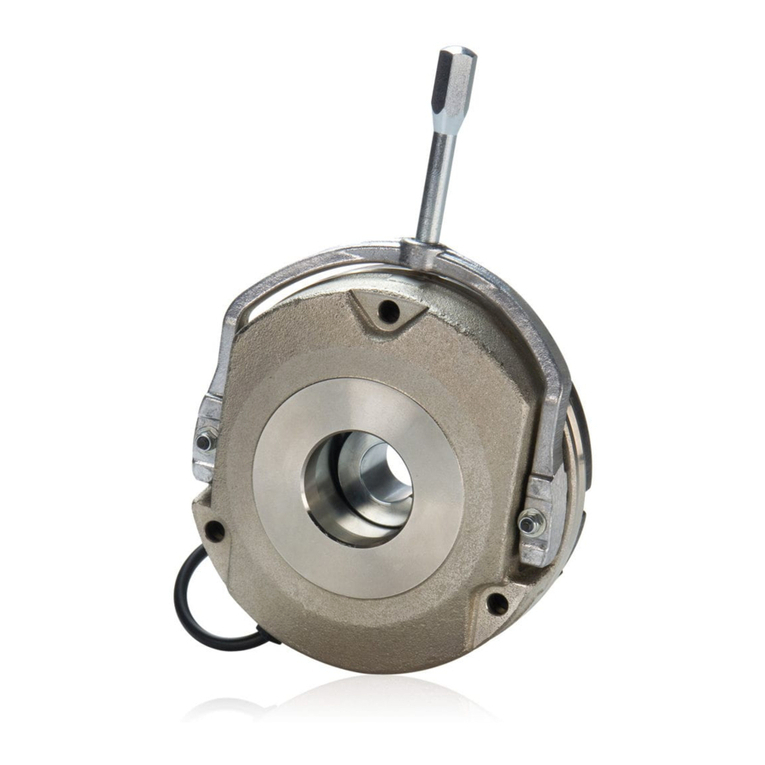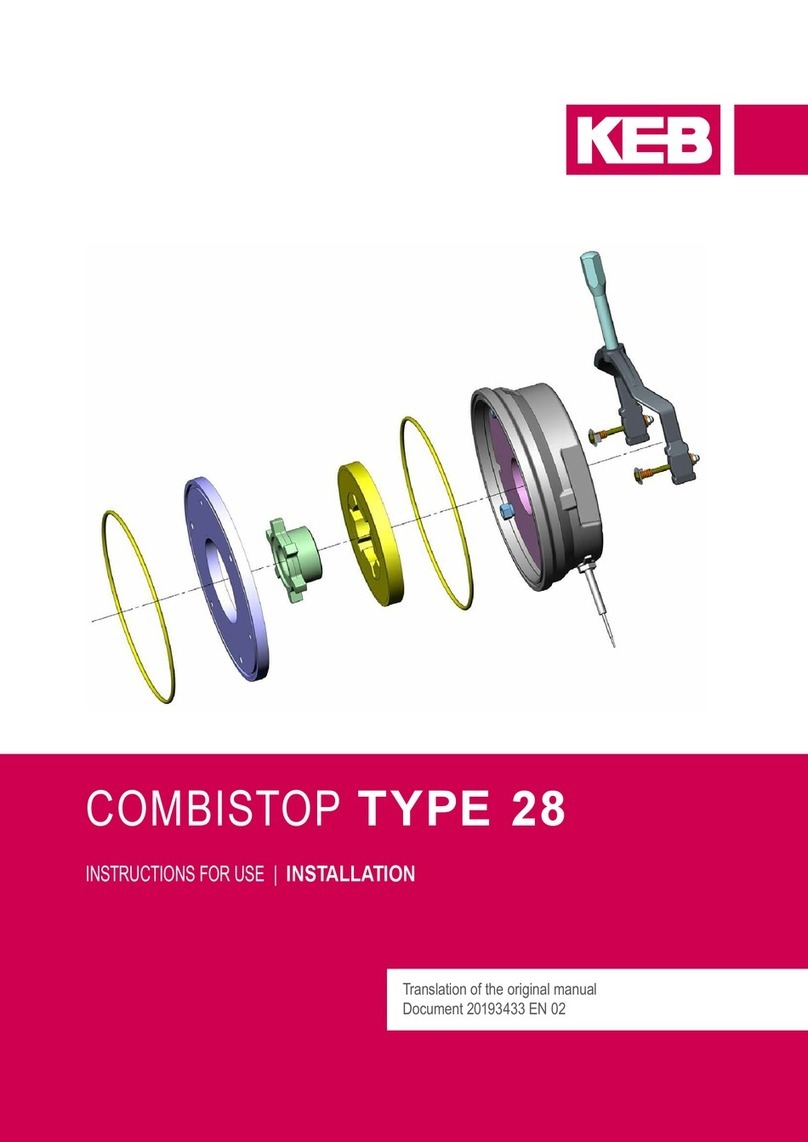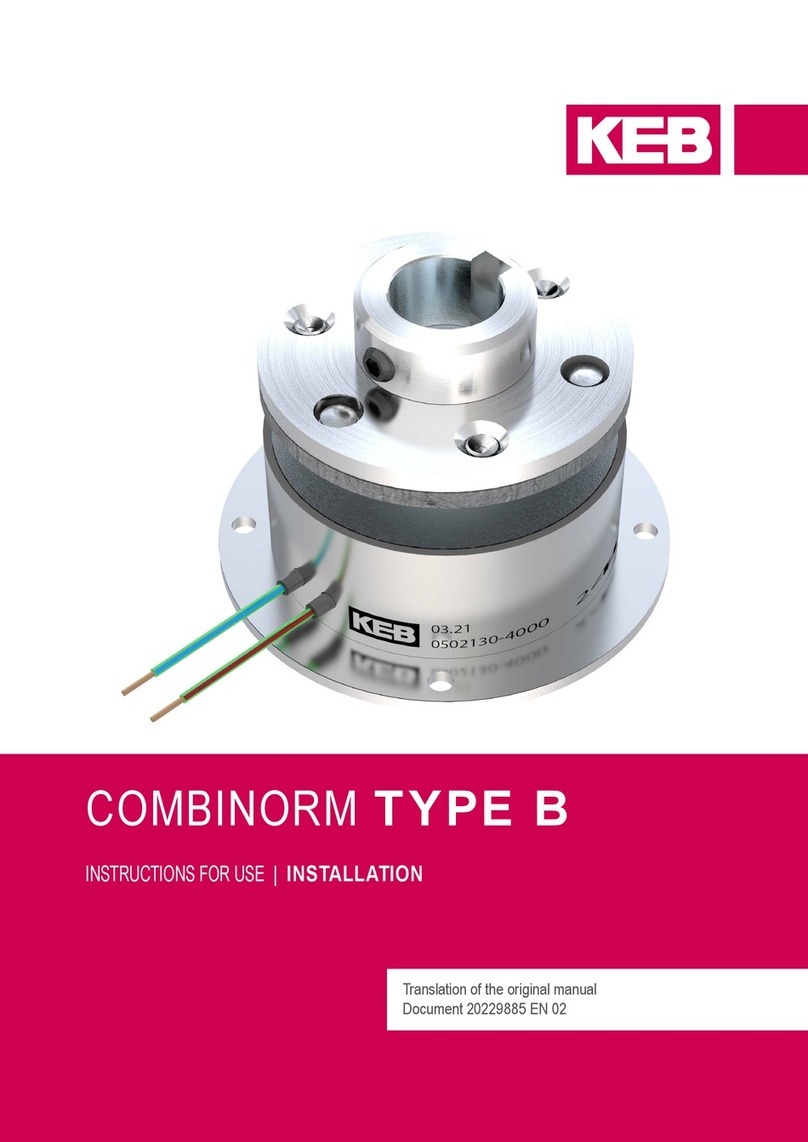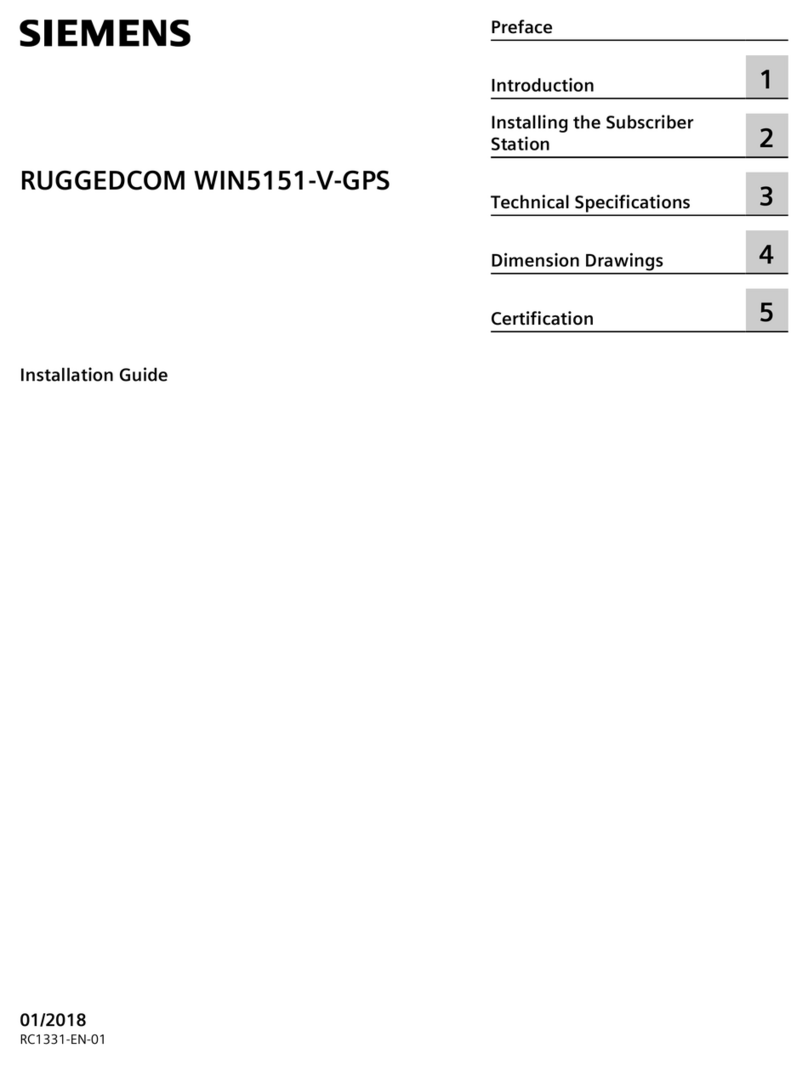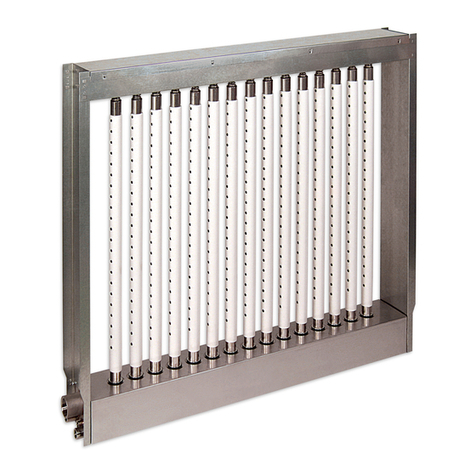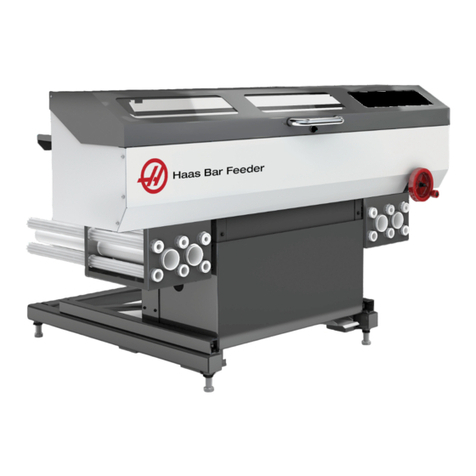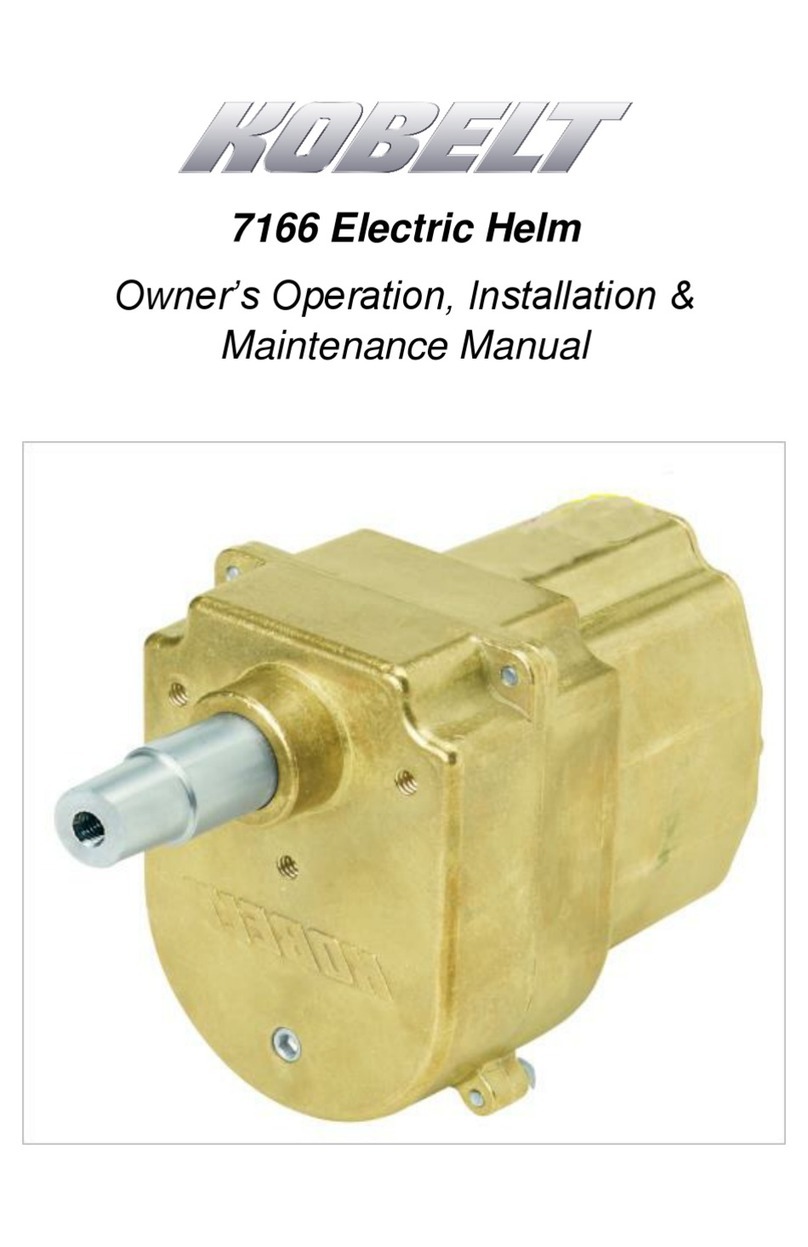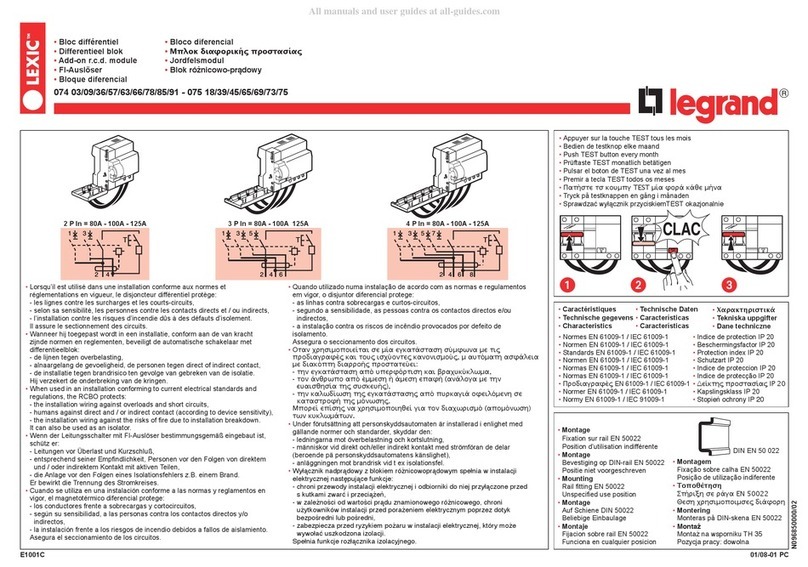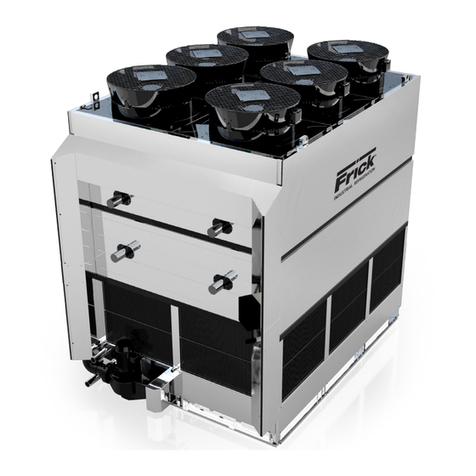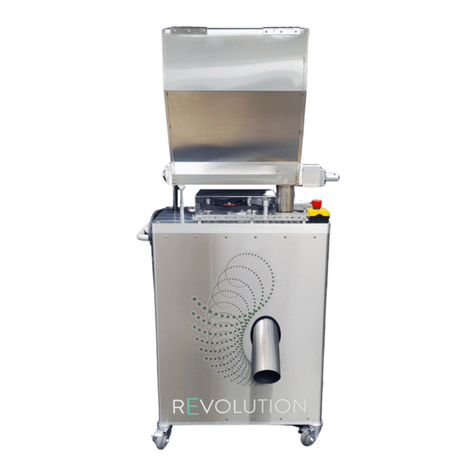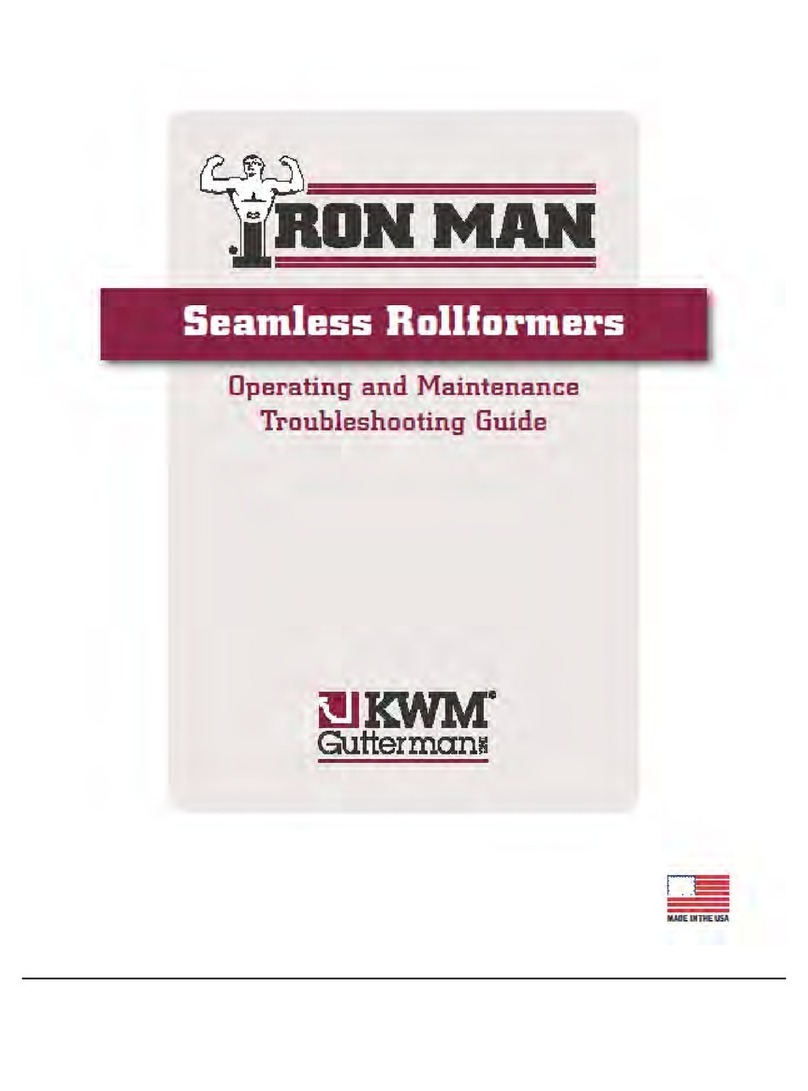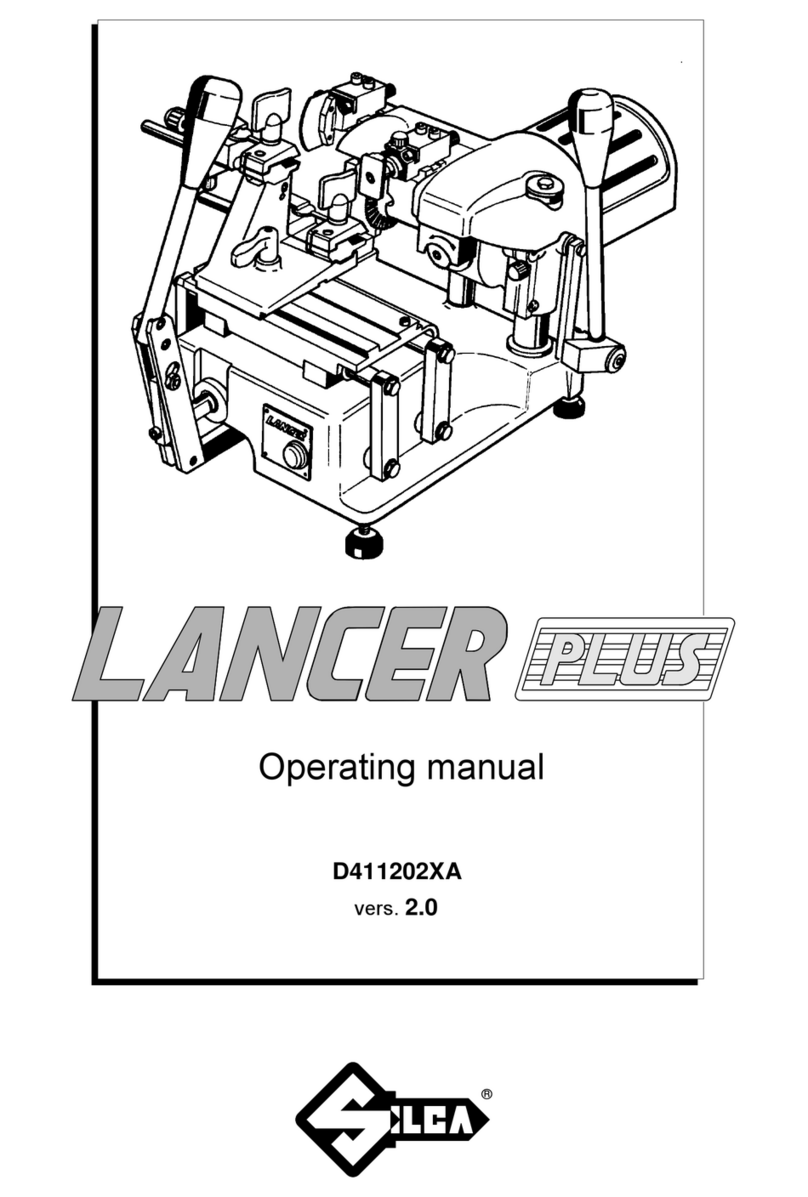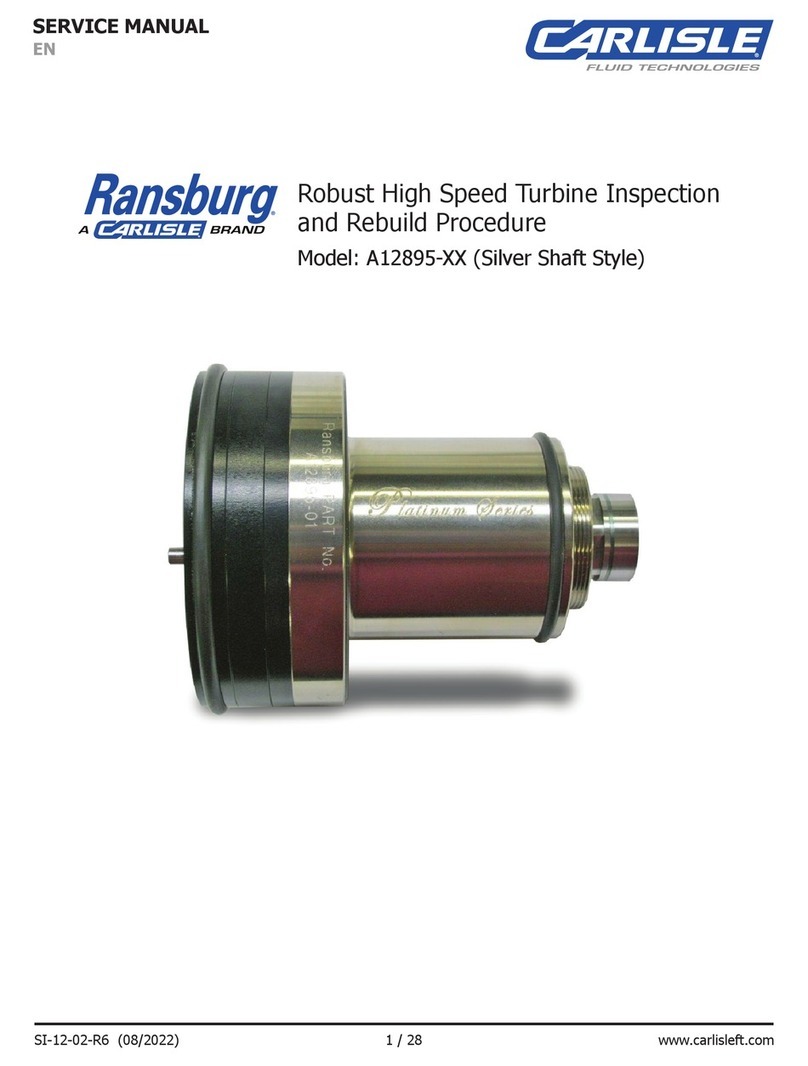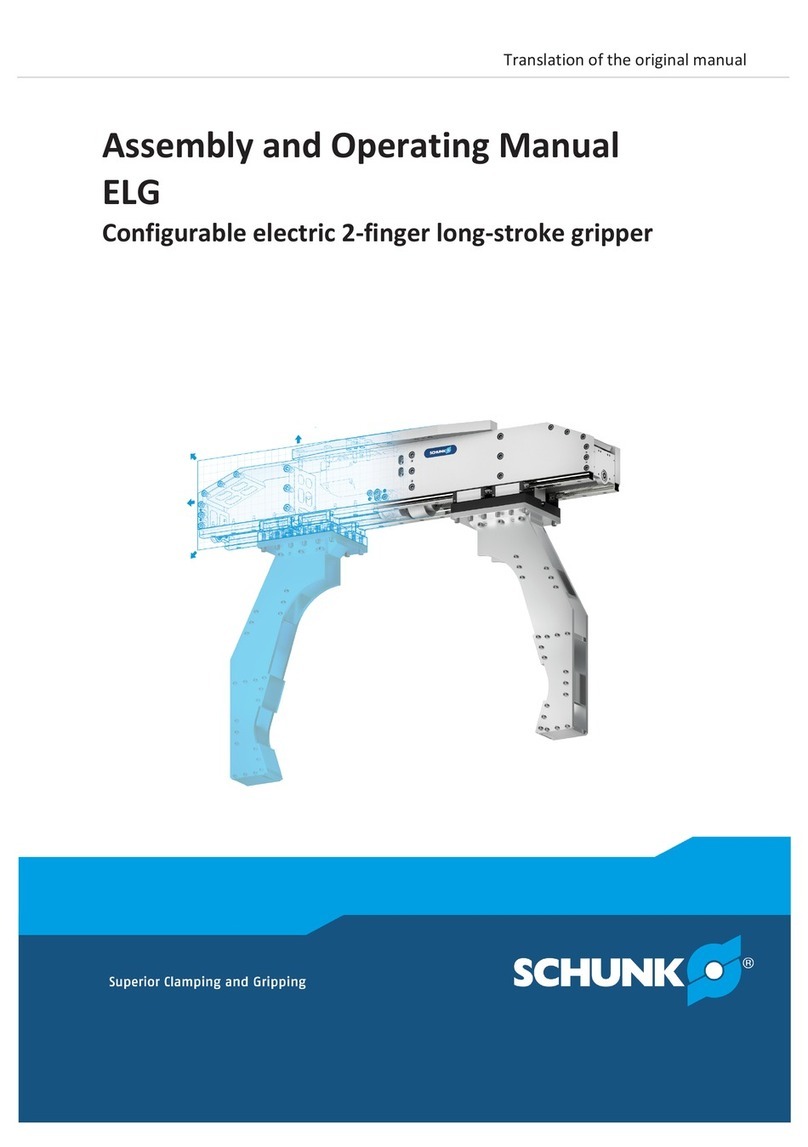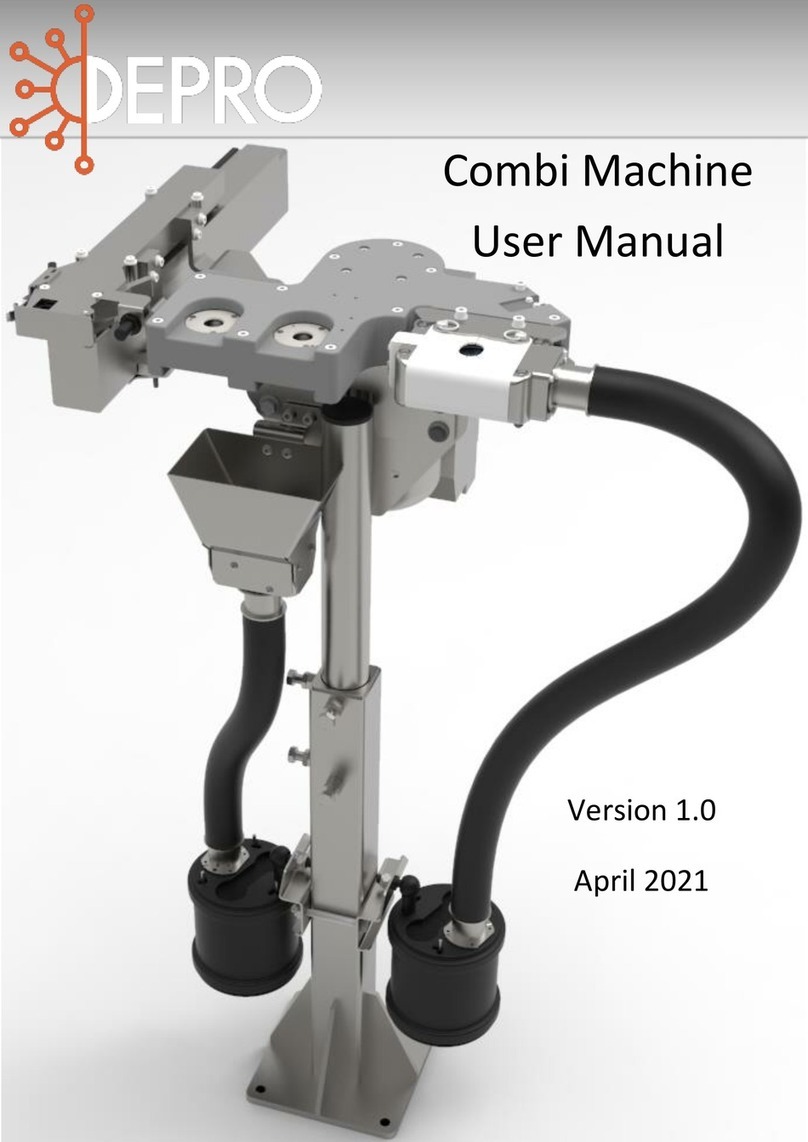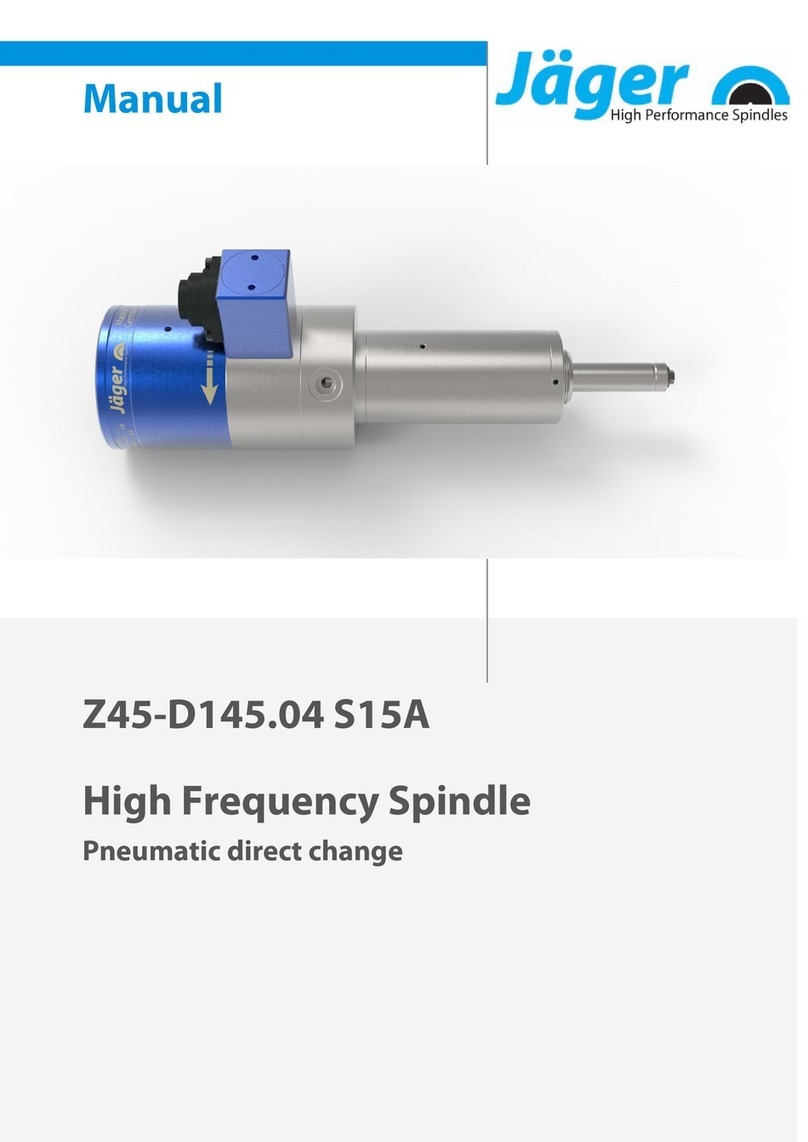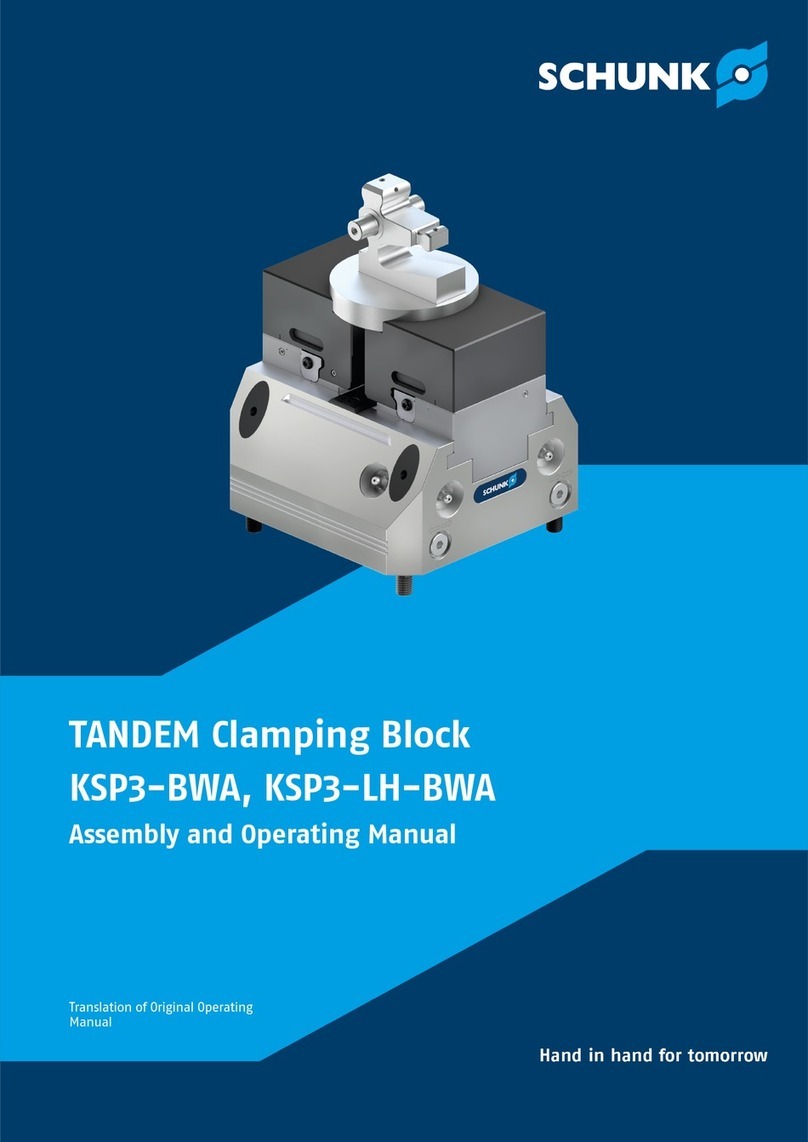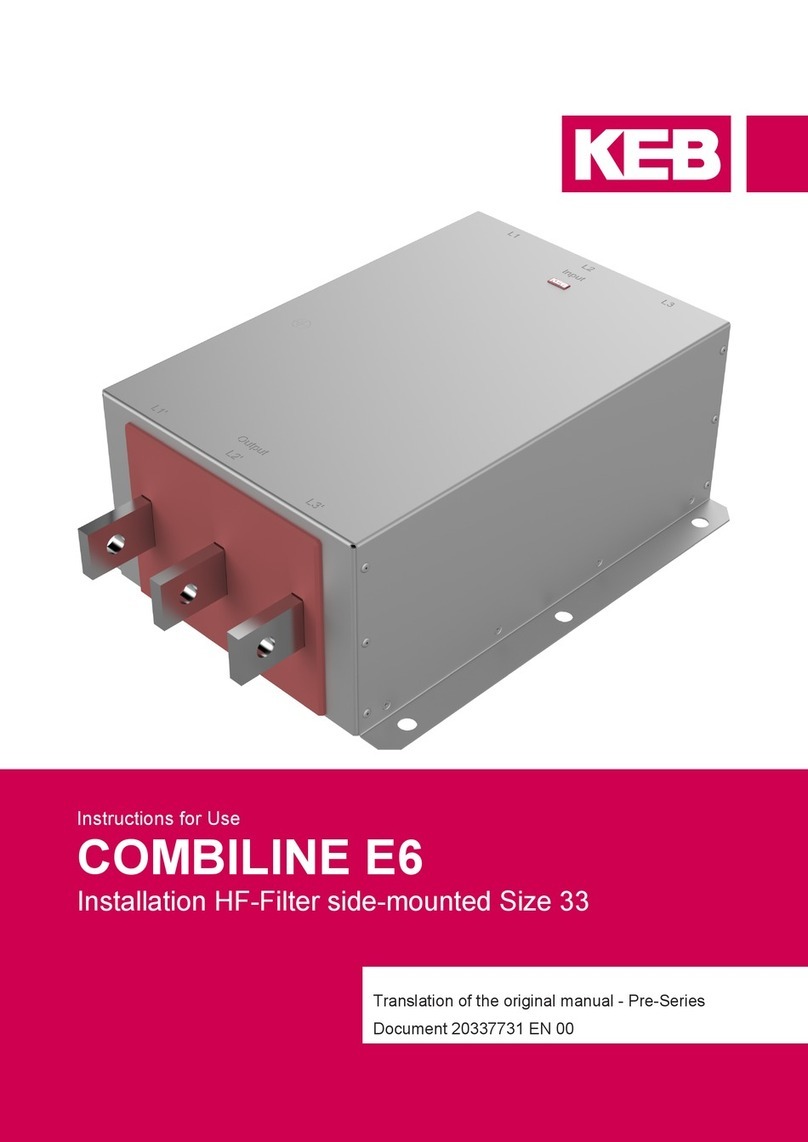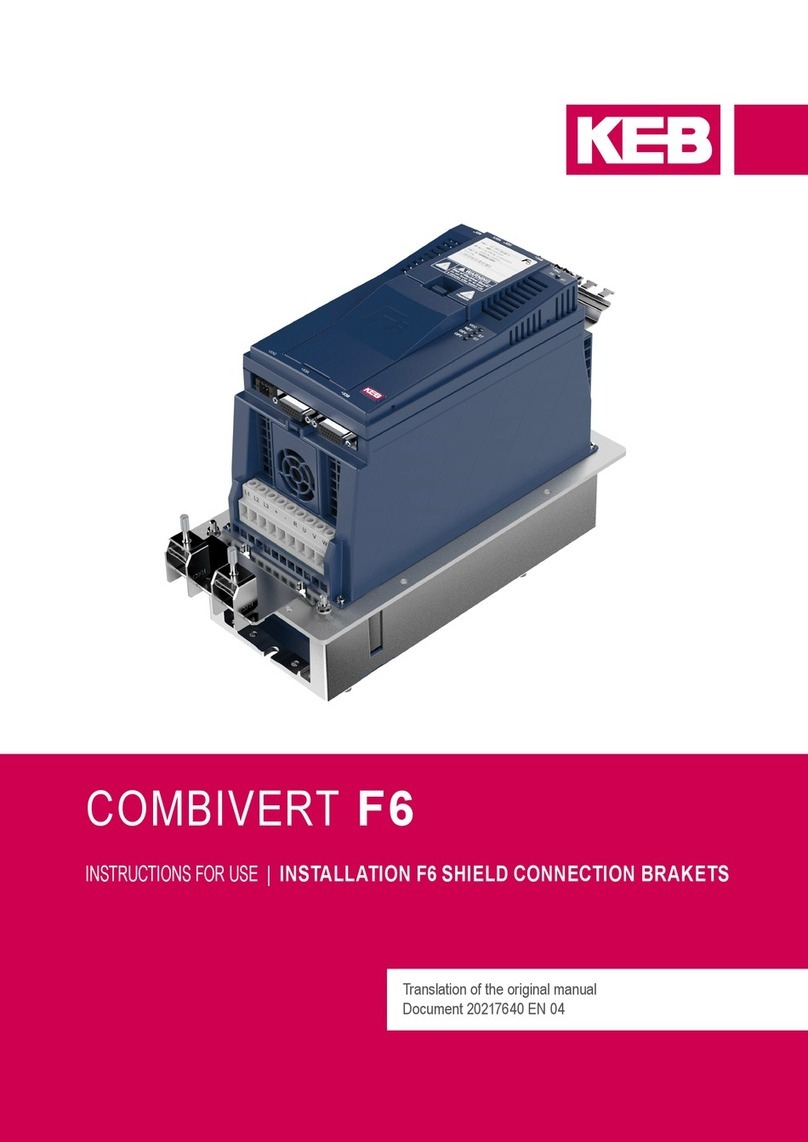
GB - 3
Table of Contents
1. Preface..............................................................................................................5
1.1 General ................................................................................................................................. 5
1.2 Validity and liability ............................................................................................................. 5
1.3 Copyright.............................................................................................................................. 6
1.4 Speciedapplication........................................................................................................... 6
1.5 Product description............................................................................................................. 6
2. Control..............................................................................................................8
2.1 Features of the control........................................................................................................ 8
2.2 Overview .............................................................................................................................. 8
2.2.1 LED1...................................................................................................................................... 9
2.2.2 HSP5 interface X4A............................................................................................................... 9
2.2.3 Encoder interfaces X3A, X3B ................................................................................................ 9
2.2.4 Operators............................................................................................................................... 9
2.2.5 Control terminal strip X2A...................................................................................................... 9
2.2.6 Safety terminal block X2B...................................................................................................... 9
2.3 Connection of the control ................................................................................................. 10
2.3.1 Assembly of the wires.......................................................................................................... 10
2.4 Assignment of the terminal strip X2A...............................................................................11
2.4.1 Connection of the digital inputs............................................................................................ 12
2.4.2 Connection of the digital outputs ......................................................................................... 13
2.4.3 Connection of the analog inputs .......................................................................................... 14
2.4.4 Connection of the analog outputs ........................................................................................ 14
2.4.5 Connection of the relay outputs ........................................................................................... 15
2.5 Assignment of the terminal block X2B ............................................................................ 15
2.5.1 Inputs ................................................................................................................................... 16
2.5.1.1 Specication of the STO inputs ........................................................................................... 16
2.5.1.2 STO with OSSD signals....................................................................................................... 16
2.5.2 Output STO.......................................................................................................................... 16
3. Safety Function STO .....................................................................................17
3.1 Emergency stop according EN 60204 .............................................................................. 18
3.2 ClassicationofSTOaccordingIEC61508 ..................................................................... 19
3.3 ClassicationofSTOaccordingENISO13849 ............................................................... 19
3.4 Additional instructions...................................................................................................... 19
3.5 Functional Description...................................................................................................... 19
3.6 Wiring Examples................................................................................................................ 21
3.6.1 Direct switching off with emergency stop switch.................................................................. 21
3.6.2 Direct switching off with emergency stop switch and monitoring of the wiring .................... 22
3.6.3 Direct switching off by safety module with test pulses......................................................... 23
3.6.4 Wiring SS1........................................................................................................................... 24
4. Certication....................................................................................................25
4.1 Annex to the Declaration of Conformity.......................................................................... 25




















